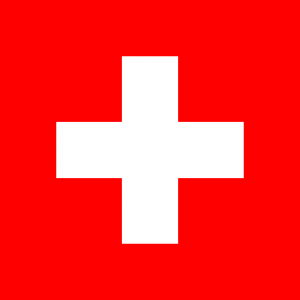Language/Swiss-german/Grammar/Gender
Hi Swiss German learners! 😊
In this lesson, we will be discussing the gender of nouns in Swiss German. We will look at the different genders and how to identify them. We will also look at some examples of nouns with each gender.
Gender in Swiss German
In Swiss German, nouns are divided into three genders: masculine, feminine, and neuter. The gender of a noun affects the form of the article and the adjectives that are used with it.
Masculine
Masculine nouns are usually denoted by the article der. For example, der Mann (the man). Masculine nouns can also be denoted by the article e or en. For example, e Bueb (the boy) and en Hund (the dog).
Feminine
Feminine nouns are usually denoted by the article die. For example, die Frau (the woman). Feminine nouns can also be denoted by the article e or en. For example, e Chind (the child) and en Katze (the cat).
Neuter
Neuter nouns are usually denoted by the article das. For example, das Kind (the child). Neuter nouns can also be denoted by the article e or en. For example, e Buch (the book) and en Auto (the car).
Examples
Here are some examples of nouns with each gender:
| Swiss German | Pronunciation | English Translation |
|---|---|---|
| der Mann | dehr mahn | the man |
| e Bueb | eh bwehp | the boy |
| die Frau | dee frow | the woman |
| e Chind | eh khint | the child |
| das Kind | dahs kint | the child |
| e Buch | eh boohkh | the book |
| en Hund | en hoont | the dog |
| en Katze | en kahtseh | the cat |
| en Auto | en owtoh | the car |
Quiz
Test your knowledge of Swiss German gender with this quiz:
- What is the gender of der Mann?
- What is the gender of e Chind?
- What is the gender of das Kind?
- What is the gender of en Hund?
- What is the gender of en Auto?
Answers:
- Masculine
- Feminine
- Neuter
- Masculine
- Neuter
Conclusion
In this lesson, we have looked at the gender of nouns in Swiss German. We have seen that nouns are divided into three genders: masculine, feminine, and neuter. We have also seen some examples of nouns with each gender.
Now that you know the basics of Swiss German gender, why not practice with a native speaker? Find native speakers and ask them any questions!
➡ If you have any questions, please ask them in the comments section below.
➡ Feel free to edit this wiki page if you think it can be improved. 😎

